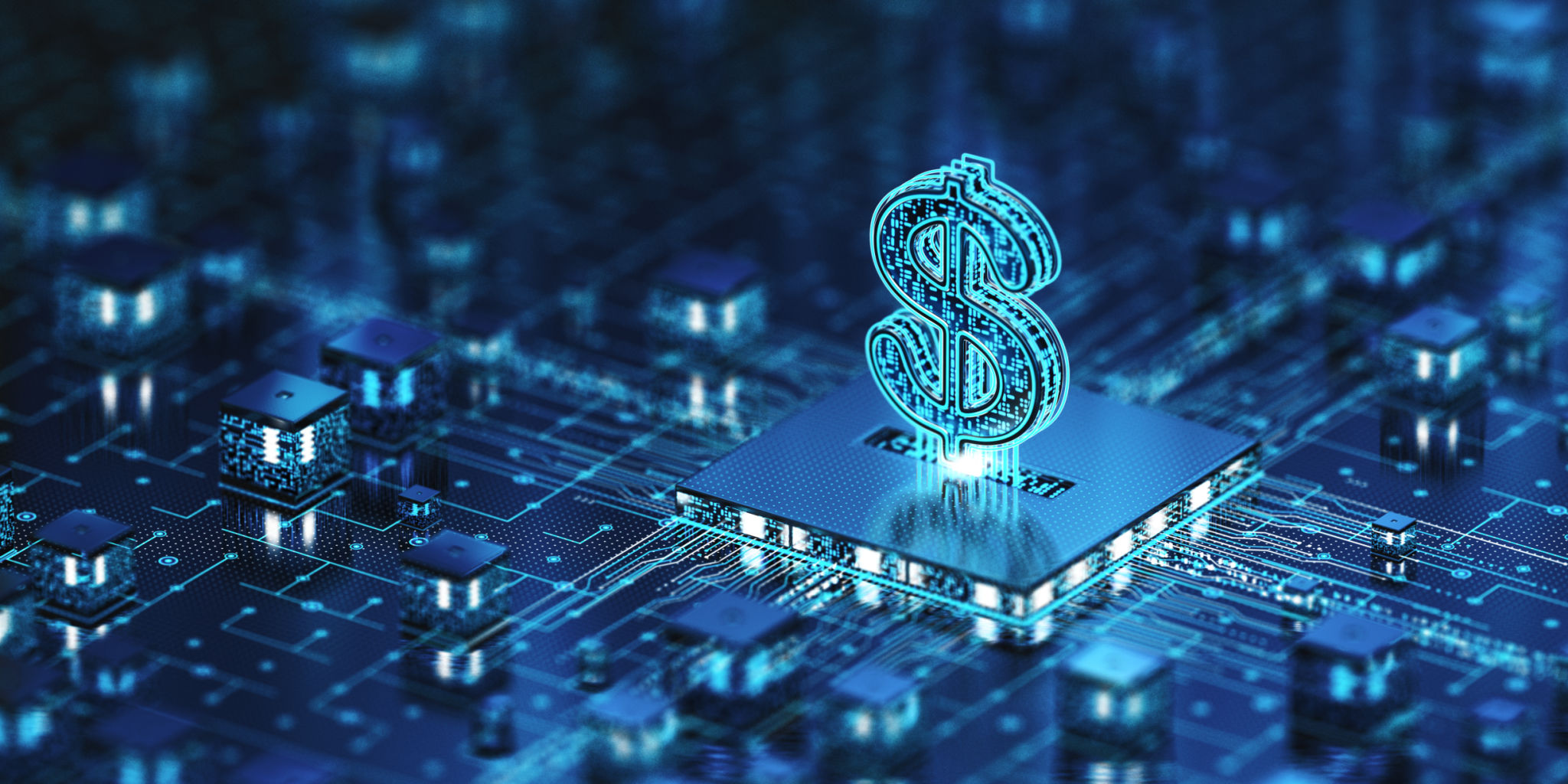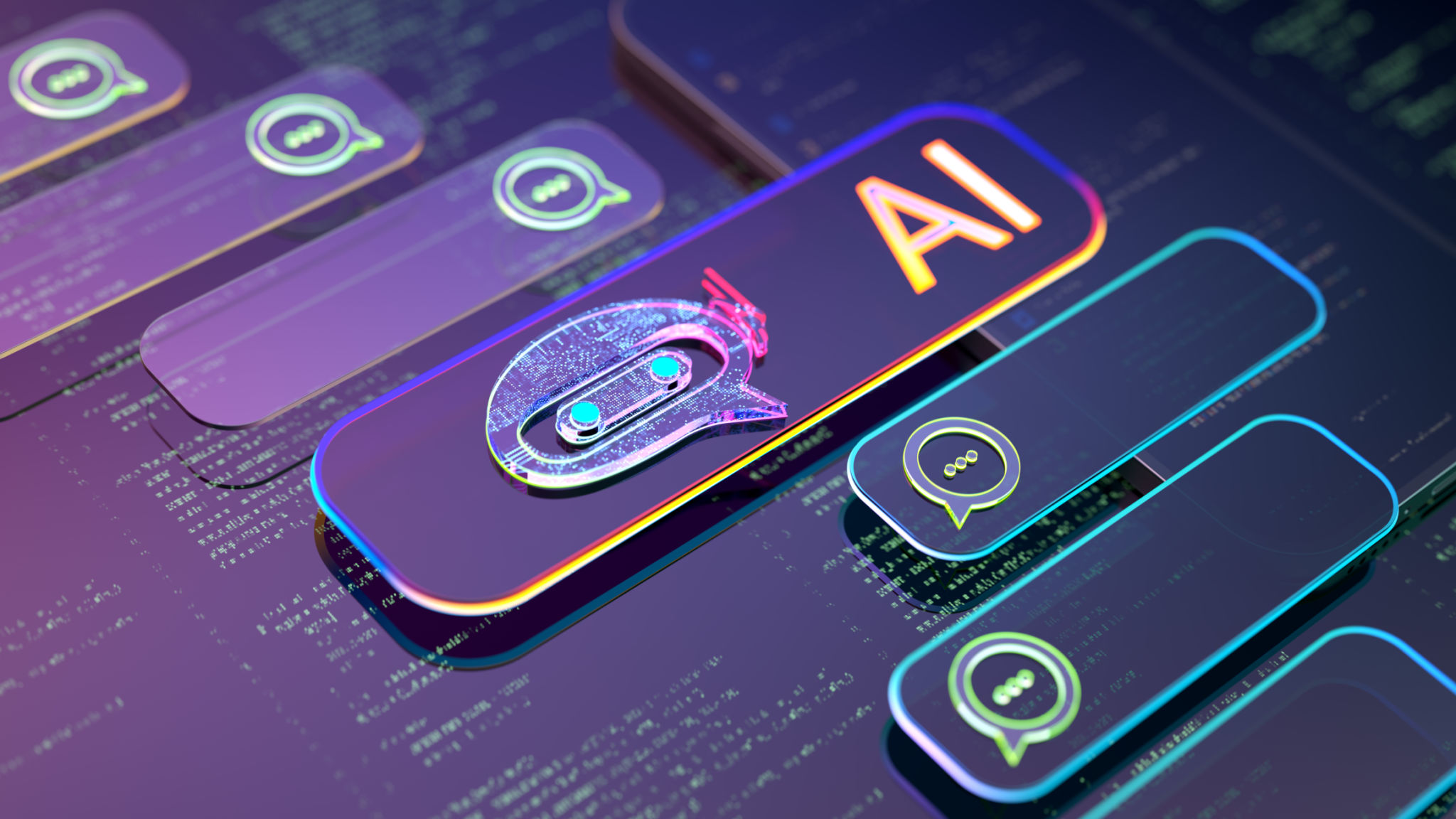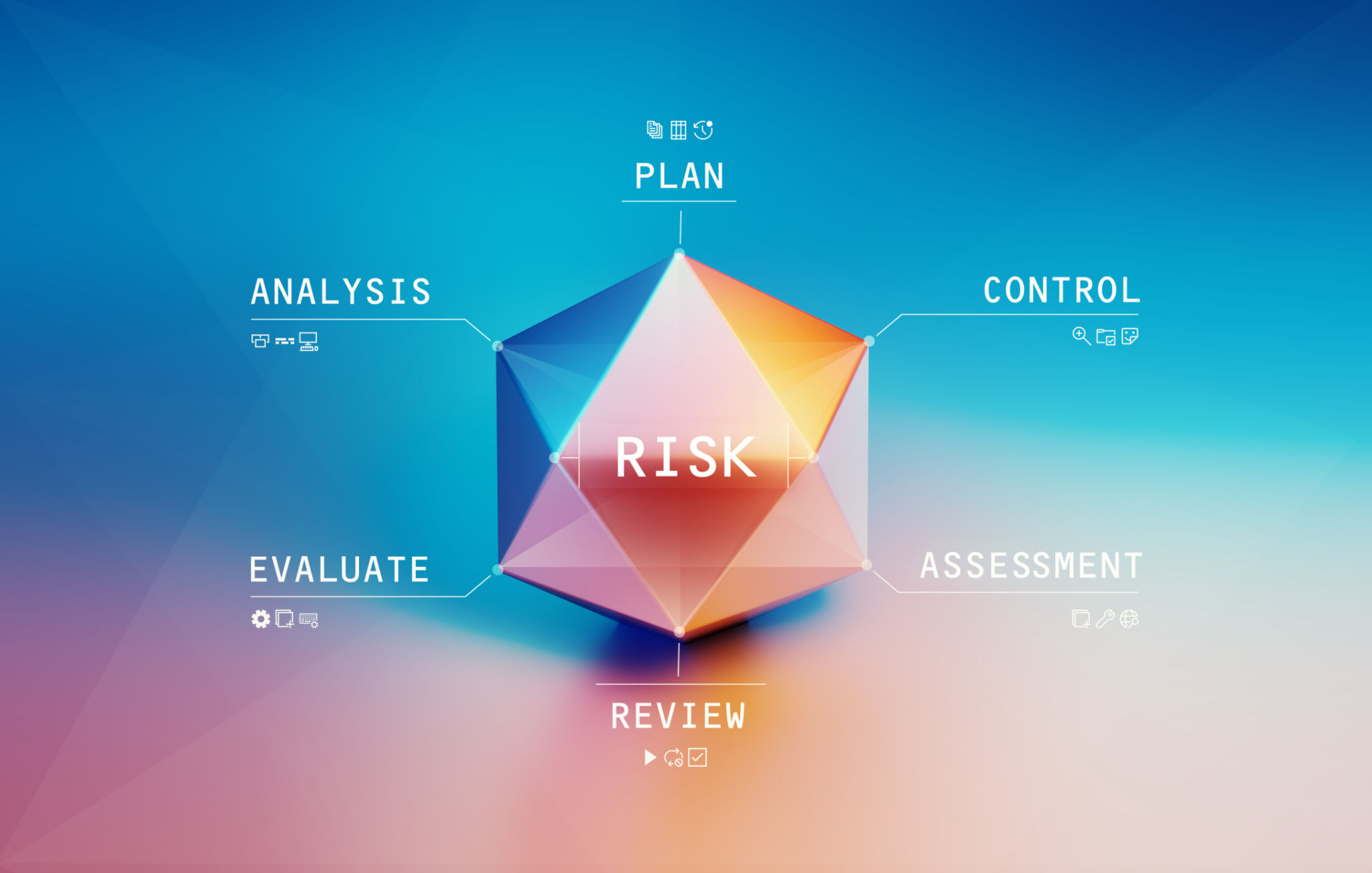How IoT Integration with AI is Transforming Financial Services
Introduction to IoT and AI in Financial Services
The financial services industry is undergoing a significant transformation, driven by the integration of the Internet of Things (IoT) and Artificial Intelligence (AI). This combination is creating new opportunities for innovation, efficiency, and customer satisfaction. By leveraging IoT's data-gathering capabilities and AI's analytical power, financial institutions are able to offer more personalized and effective services.
The IoT consists of a network of connected devices that collect and exchange data. When combined with AI, which interprets and learns from this data, financial services can be revolutionized in various ways. From improving customer service to enhancing risk management, the potential applications are vast and varied.

Enhancing Customer Experience
One of the most significant impacts of IoT and AI is on customer experience. Financial institutions are using these technologies to provide more personalized services. For example, banks can use IoT devices to track customer behavior and preferences, enabling them to offer tailored products and services. AI can analyze this data to predict customer needs and automate responses, ensuring a seamless user experience.
Additionally, chatbots powered by AI are increasingly employed to handle customer inquiries. These virtual assistants can provide instant support, reducing wait times and freeing up human resources for more complex tasks. The integration of IoT data allows these bots to access real-time information, further enhancing their ability to assist customers effectively.

Improving Risk Management
Risk management is another area where IoT and AI are making a significant impact. Financial institutions are using these technologies to improve fraud detection and reduce risks. IoT devices can monitor transactions in real-time, while AI algorithms analyze this data for unusual patterns that may indicate fraudulent activity.
Moreover, AI's predictive capabilities allow banks to assess credit risk more accurately. By analyzing data from various IoT sources, such as social media and transaction history, AI can provide insights into a customer's creditworthiness that go beyond traditional credit scores. This leads to more informed lending decisions and better risk management overall.

Streamlining Operations
The integration of IoT and AI is also streamlining operations within financial institutions. Automation of routine tasks through AI reduces the workload on employees, allowing them to focus on more strategic activities. IoT provides the data needed for these processes, ensuring that operations run smoothly and efficiently.
For example, in asset management, IoT devices can track the performance of physical assets in real-time, while AI analyzes this data to optimize maintenance schedules and minimize downtime. This not only saves costs but also enhances operational efficiency.
Challenges and Considerations
Despite the numerous benefits, there are challenges associated with integrating IoT and AI in financial services. Data security is a major concern, as the increased connectivity of devices raises the risk of cyber attacks. Financial institutions must invest in robust security measures to protect sensitive information.
Additionally, there's the challenge of managing the vast amounts of data generated by IoT devices. Ensuring data quality and privacy is crucial for maintaining customer trust. Institutions must also navigate regulatory requirements that govern the use of technology in finance.

The Future of Financial Services
The integration of IoT and AI is set to continue transforming financial services in the coming years. As technology advances, we can expect even more innovative applications that enhance customer experience, improve risk management, and streamline operations.
Financial institutions that embrace these technologies will be better positioned to meet the evolving needs of their customers and stay competitive in a rapidly changing market. The future holds immense potential for those willing to invest in IoT and AI integration.
